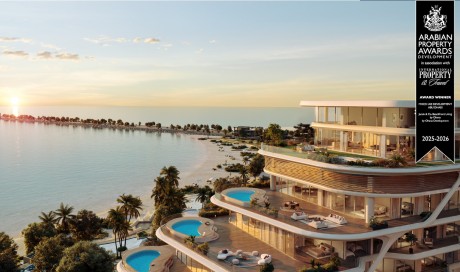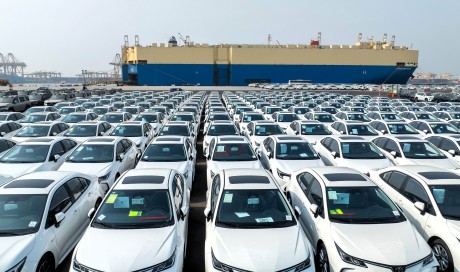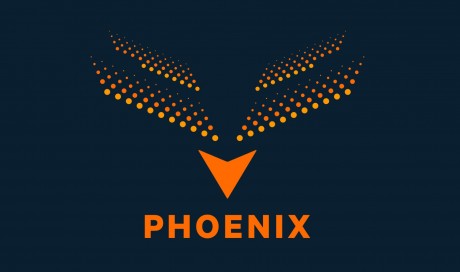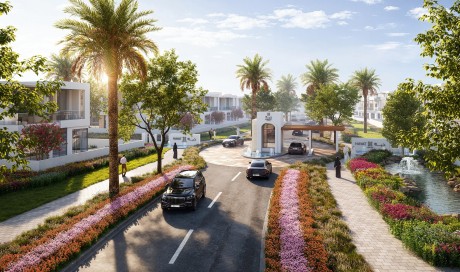Created to help propel Abu Dhabi beyond its petroleum-based economy, Masdar City can only be as environmentally friendly as it is profitable. Masdar City is an “eco-city,” argues Cugurullo in a 2016 Urban Studies article, where ‘eco’ "does not stand for ‘ecological’ but for ‘economic.’”
Cugurullo, who has written extensively about Masdar, describes the city instead as a lab or a showroom rather than a home. When Mitsubishi installed the first rapid electric car chargers in the Middle East in Masdar in 2012, it used the urban landscape as both.
Today more than 535 companies from six continents have operations based in Masdar City, including Lockheed Martin, Mitsubishi Heavy Industries, Schneider Electric, Siemens, and Etihad Airways.
“The business is real,” Cugurullo says a 2013 Journal of Urban Technology article, but the city itself is not. It's more of a showpiece and an experiment.
Still, it's not like the 2 square miles of sand is totally empty.
Stakeholders boast that the city's development is more rapid than ever. In 2008, the Abu Dhabi government foot the entire bill for Masdar City, today it is funded primarily by third-party investment—something seen as a major success. The city's expanding collection of solar panels, including a 10-megawatt (MW) solar array as well as 1MW rooftop solar panels, can power Masdar City’s current energy usage six times over. While much of what Masdar City promises has been slated for an undetermined future—in space yet to be built, leased, or occupied—its projections are noticeably more modest than in 2008. Rather than 50,000 residents by 2018, they now speak of 3,500 by 2020.
But Cugurullo urges Masdar City to rethink its business-only focus, Without a more cohesive view of what an eco—as in ecological—city could look like, “Masdar City will remain a non-place and quickly turn into a ghost-town.”
When asked about his favorite part of the city, Cugurullo describes the downtown area, one of the few parts of the originally 2008 plan built according to plan. Designed for pedestrians, roads are narrow and shady—angled in a way to catch the wind that moves between the Gulf and the desert. As a result, it’s a streetscape that needs neither cars nor air conditioning.
While this feels innovative, it’s based on the plans of old Arabic cities such as Aleppo, in Syria, and Shibam, in Yemen. “This is pure sustainability without any high-tech device,” says Cugurullo. “Just traditional urbanism dating back to many centuries ago.”
Share This Post













